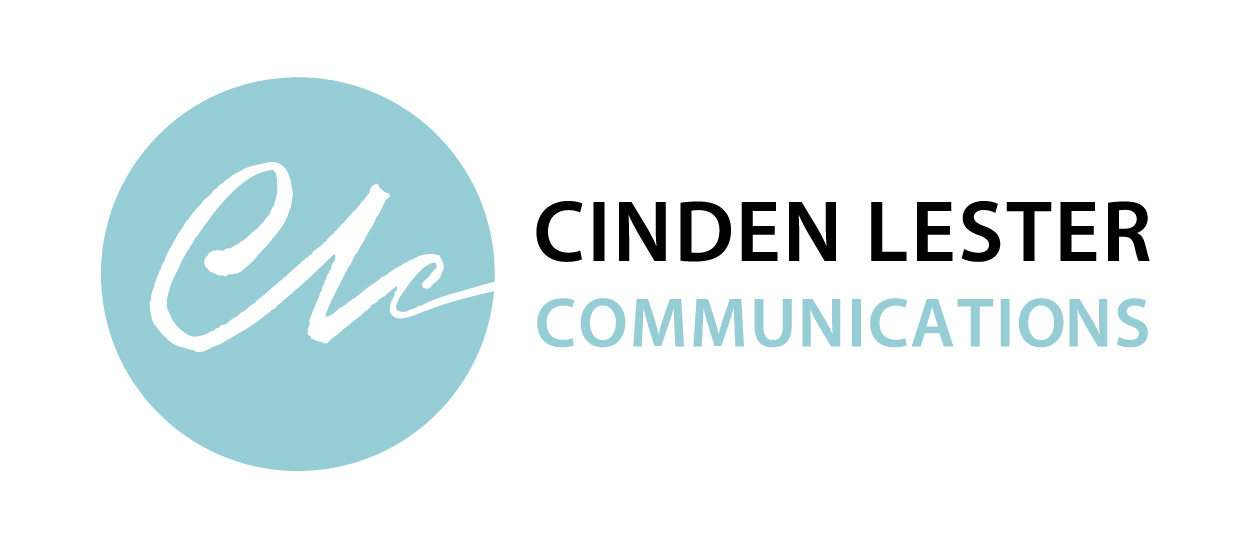 Five lessons learnt from website reviews (and quick fixes)
Five lessons learnt from website reviews (and quick fixes)
Where in the wide world would we be without the web?
We rely on websites for so much these days. News, directions, shopping, bookings, research, background information, social interaction, gossip, funny cat videos, even self diagnosing mystery aliments with the help of Dr Google…
No wonder websites have become central to most professional communications efforts—often based on the ‘hub and spoke’ model.
This approach places your website as the central hub, hosting all content in a way that’s easy to navigate. Then all the spokes (such as traditional media interviews, social media posts, emails, paid advertising, newsletters, events) point people back your website.
Given how important websites are for communicating with our audiences and stakeholders, it’s interesting that the same weaknesses often crop up.
A quick audit of the last seven website reviews I’ve done highlighted these common website mistakes:
- Busy signal. When your homepage has too much going on, people are spoilt for choice. And too much choice stresses us out. It’s overwhelming when we land on a page that presents too many features, words, images, boxes, menus, links and buttons. There is no clear priority or emphasis—just so many elements competing for attention. Your key messages are not as visible or strong as they could be and it’s more difficult to navigate around your site. The quick fix is to focus on the main purpose of your homepage so that, rather than thinking about what to include, you can work out what to leave out.
- You talkin’ to me? Too formal, too much in-house or industry jargon, key points buried under bureaucratic language…websites written in this way are more likely to turn people off than grab their attention. Good web practice is to talk to the audience about what matters to them. The quick fix is to speak directly to your audience, as if you were having a conversation. In personalised language (use ‘you’ and ‘your’ more than ‘we’ and ‘our’) explain as directly as possible what’s in it for them.
- Now what? Even most attractive homepage in the world won’t achieve much unless it tells visitors what do next. A clear call to action makes it easy for visitors to take the next step, whether that is to call you, join a mailing list, download a document, or find out more about a service. The quick fix is to be sure about what you want your visitors to do and then add a simple, obvious call to action button that provides them with clear way of doing that.
- Analyse this. Knowing what people are doing on your website is important. Website analytics can help you understand how people got to your site, what keywords they used to find you, how they navigate your site, and what content, pages or call to action buttons are most effective. The quick(ish) fix, after making sure your website analytics are in place, is to be clear on what you want to measure and get regular reports that help you track the data you need to make informed decisions.
- Oops. Typos, errors, out-of-date content, broken links. Not a good look. The quick fix is to schedule regular website health checks to make sure your content is current and everything is in working order.
‘Getting information off the internet is like taking a drink from a fire hydrant.’
Mitchell Kapor
| Cinden Lester has more than 25 years’ experience as a professional writer, editor and communications specialist. She worked as a broadcast journalist, in private sector marketing and public relations, and in government communications before establishing her own Canberra-based communications consultancy in 2000.
Contact Cinden if you’d like help with your communications. |


Thank you for those very important points. I better review my website now and make it more user friendly! :) cheers, Roseline
Thanks Roseline – glad you found the tips helpful!